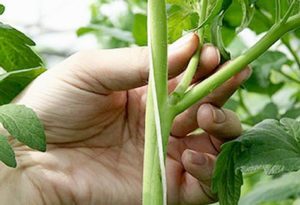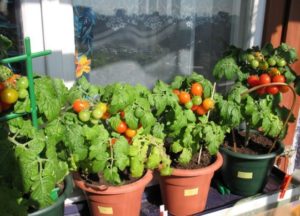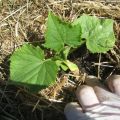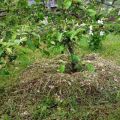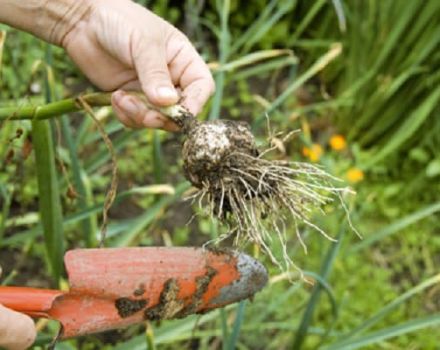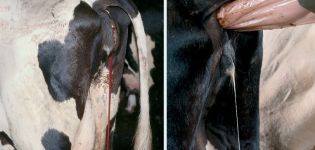How and what to properly mulch tomatoes in a greenhouse and open field
Mulching tomatoes in a greenhouse and in open ground is one of the basic and mandatory requirements for tomato care. It is necessary to do it to increase the quantity and quality of the crop. Not every gardener knows what mulching is and how to mulch tomatoes correctly so that they bear fruit abundantly.
Mulching tomatoes outdoors is different from mulching in a greenhouse. It is necessary to study how the mulching of tomatoes occurs in the greenhouse and in the open space. Various materials are suitable for mulching, which well serves as protection against various diseases, drying out of the soil, direct sunlight, as well as weed growth.
The essence of this process
Tomato mulching is the process of covering the soil around the plants with various materials. Mulch is a layer of fine material that sits on the soil. The effect of this process has a very beneficial effect on the harvest.
The main functions of mulching:
- Decorative - that is, it is used as a coating in order to decorate the beds, make them better, more beautiful;
- Maintaining the desired level of humidity and acidity;
- Protective function - protects from cold, rain, weeds, pollution;
- The soil under the mulch needs to be loosened less often, as it hardens less. As a result, more oxygen is supplied to the roots;
- The material that is used for mulching can later be used as fertilizer, making the soil fertile for tomatoes.
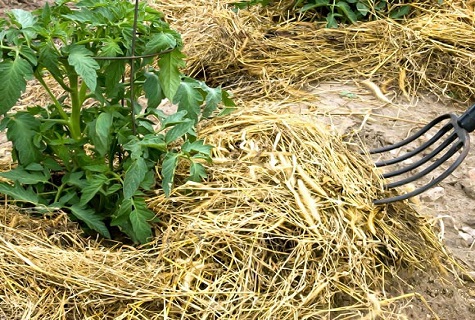
The essence of this process is quite simple: they choose a suitable material, grind it, put tomato bushes around on top of the soil. Anything can be used as mulch: moss, stones, hay, bark, paper and even film.
What material can be used
The type of matter that can be used for the mulching process is divided into organic and inorganic. The choice of material depends on the means of the summer resident, imagination, on the availability of improvised items and what grows next to the site.
Organic substances are natural, natural substances, under which the soil will breathe better, then it can still be used as fertilizer. Not everyone knows what types of organic mulch are allowed to be used for tomatoes, whether it is possible to mulch tomatoes with sawdust, needles, bark, foliage.
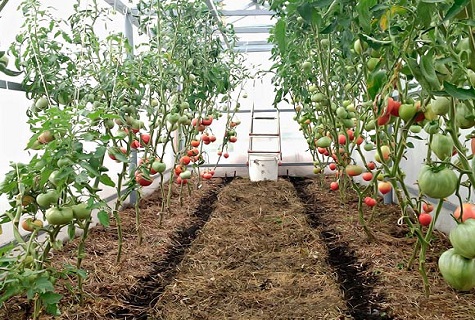
Each material has its own advantage over cultivated plants. Sawdust protects against pests, saturates the soil with oxygen, nutrients easily get to the root system. Hay and straw prevents harmful insects from settling, keeps warm and moisture, which tomatoes love. Peat protects well from overheating, rain, wind.
You need to be careful with materials such as pine needles, foliage, grass. Although they are an excellent accessible item, they increase the acidity of the soil, they can rot, reproduce harmful insects. Moss or sphagnum is often used to mulch tomatoes. Moss is great for retaining moisture, protecting against weeds, and it also looks very beautiful in the beds.
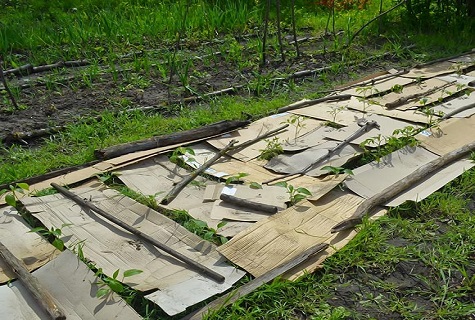
Inorganic substances are mainly decorative. There are beautiful photos on sites where mulch is used for design purposes. It can be cardboard, paper, stones, shells, crushed stone, expanded clay, film. They are used mainly outdoors. soil, for tomato - seldom. Sometimes they put a film, but pests will easily start under it, there will be strong overheating, the air will not pass well. But inorganic mulch does not allow weeds to grow, keeps moisture and heat.
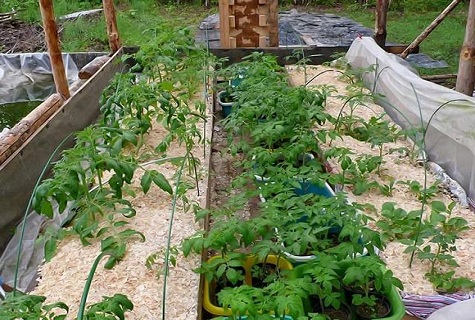
General rules and requirements for mulching
There are several important rules for mulching that you need to follow in order to have a bountiful harvest.
- The soil is mulched when it is sufficiently warmed up by the spring sun, it is worth waiting for the end of the frost.
- The soil, before mulching, must be well loosened, dug up, watered, and weeds removed from it.
- The thickness of the flooring should be approximately 3-6 centimeters. Mulch is placed under the tomatoes, retreating slightly from the stem and leaves.
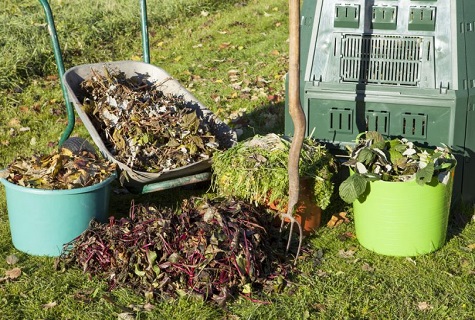
- Full cleaning of mulch is carried out in the fall. But if these are organic matters, then you can dig up the soil with them, and use them as humus. This is usually moss, husks, hay.
- Lime or chalk can be sprinkled on the top layer so that the soil does not oxidize strongly from mulch items.
- It is not recommended to use a transparent film, under it the earth is very hot from the sun, air exchange is disturbed, the roots may die.
There is a description of how to properly mulch in a greenhouse and on open beds for tomatoes.
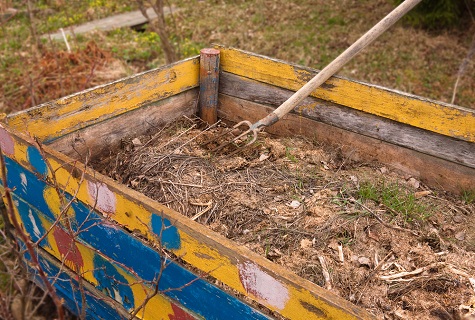
How to do it correctly in a greenhouse
The question of how to mulch tomato bushes in greenhouses exists among many novice summer residents. It is very important to wait for the soil to warm up. You can do this in early summer. If the greenhouse is heated, mulching can be done immediately after planting the seedlings. Before mulching tomatoes in a greenhouse, you need to prepare the ground.
It is loosened, weeds are removed. Then layers of crushed substances are placed on it.
Mulched artificial materials are laid in the beds and lightly sprinkled with earth. Cardboard, paper and film are stacked in one layer. The film should be darkened. It should sometimes be opened to ventilate the plants.
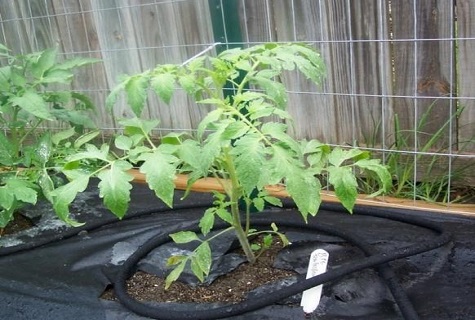
Among organic substances, moss is perfect for greenhouses., bark, sawdust, peat, dry straw. They allow the root system to breathe and improve soil fertility. Mulching will significantly increase yields, allow you to forget about watering for a while, and reduce the threat of fungal diseases.
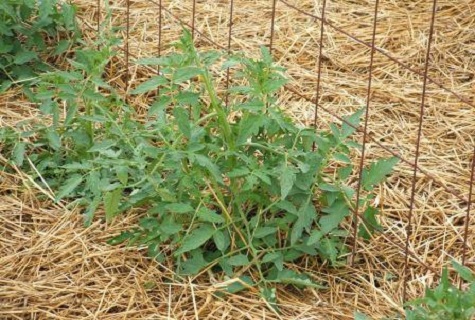
Open ground
Mulching tomatoes outdoors is similar to mulching in greenhouses. This is the best way to protect tomatoes from wind, rain, sun and pollution. But here it is important to wait until mid-June, when the earth warms up well, when night temperatures become normal, and there will be no frosts.
Of artificial materials, they mainly use dark film, cardboard or paper. Spunbond is a more breathable covering material that allows air to pass through, keeps warm, protects against the growth of weeds.
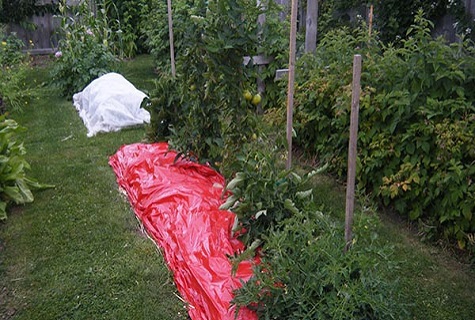
Moss, small sawdust, dry straw are better suited from organic matter. It is laid in an even layer of 5 centimeters, retreating from the stem. Husks, dirt, rind should not be used, as they do not contain the necessary amount of nutrients.Coniferous bark and needles are not suitable for tomatoes.
It is important to remember that organic materials are laid out after planting seedlings, and inorganic materials - before.
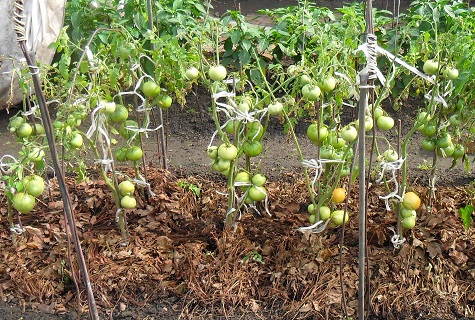
Soil mulching is a process that requires a careful and judicious approach. It is necessary to figure out how to mulch tomatoes in a greenhouse, how to do it in the open field, what to use as a material for mulch, at what time it should be done. Done correctly, tomatoes will respond with a bountiful harvest and rich flavor.
